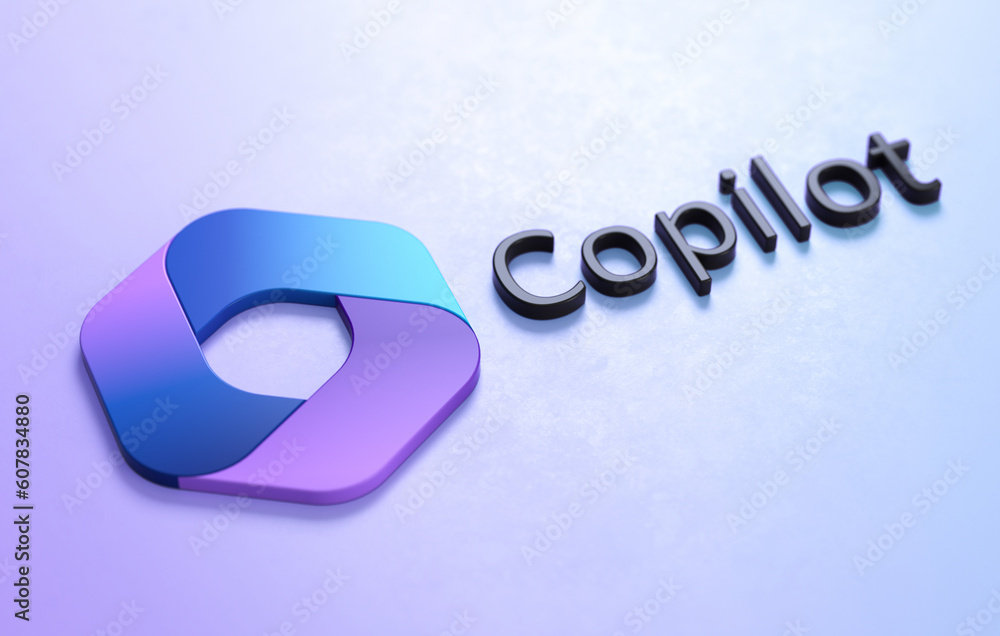
The world of software development is in a constant state of evolution, with tools and technologies emerging to make the process more efficient, accessible, and collaborative. One such innovation that has taken the development community by storm is Microsoft Copilot. Launched as a collaboration between GitHub and OpenAI, Copilot is an AI-powered code assistant that promises to revolutionize the way developers write, review, and collaborate on code. In this blog post, we will explore what Microsoft Copilot is, how it works, and its potential impact on the software development landscape.
What is Microsoft Copilot?
Microsoft Copilot is a code completion and suggestion tool powered by artificial intelligence. It integrates seamlessly with code editors and IDEs (Integrated Development Environments) and provides real-time assistance to developers. It was developed in partnership with OpenAI and is built on top of OpenAI’s GPT-3 language model. Copilot is designed to assist developers in various programming languages, making it a versatile tool for a wide range of projects.
How Does Microsoft Copilot Work?
At its core, Microsoft Copilot is an AI language model that has been trained on vast amounts of code from publicly available sources, including GitHub repositories. When a developer is working on a codebase, Copilot analyzes the code in real-time and provides suggestions, autocompletions, and even entire code blocks to assist the developer in writing or modifying code.
Here’s a breakdown of how Microsoft Copilot works:
- Code Completion: Copilot offers code autocompletion suggestions as developers type, which can significantly speed up the coding process. It provides context-aware suggestions that align with the code being written.
- Documentation: Copilot generates inline code documentation and comments, helping developers understand and document their code effectively. This not only makes code more readable but also simplifies code maintenance.
- Code Refactoring: Copilot can identify code that needs refactoring and provide suggestions to improve code quality. It helps ensure that the codebase adheres to best practices and coding standards.
- Bug Fixes: It can detect common coding errors and provide fixes, reducing the chances of introducing bugs and making code more robust.
- Examples: Copilot generates code examples and snippets based on user input or queries. This feature is particularly helpful for developers who are new to a programming language or framework.
- Collaboration: Copilot can assist in collaborating with other developers. It can provide context-aware comments and help write comprehensive pull requests and issue descriptions.
Potential Impact on Software Development
Microsoft Copilot has the potential to significantly impact the software development industry in several ways:
- Increased Efficiency: Copilot helps developers write code faster and with fewer errors. This increased efficiency can lead to shorter development cycles and faster project delivery.
- Learning Tool: Copilot can serve as a valuable learning tool for developers, especially those new to a language or framework. It provides real-time code examples and explanations, aiding in the learning process.
- Code Quality: By offering code suggestions and refactoring recommendations, Copilot can improve code quality and maintainability. This results in more robust and maintainable software.
- Collaboration: Copilot encourages collaboration among developers by helping create clear and well-documented code. This facilitates smoother team workflows, easier code reviews, and better communication.
- Accessibility: Copilot can make software development more accessible to individuals with varying levels of coding experience. It can be a valuable resource for both seasoned professionals and beginners.
Challenges and Concerns
While Microsoft Copilot holds enormous promise, it also raises certain challenges and concerns:
- Intellectual Property: Copilot’s training data includes code from public repositories. Concerns have been raised about the potential use of proprietary or copyrighted code, which could lead to legal issues.
- Bias: Like other AI models, Copilot can inadvertently introduce bias into code or documentation. Efforts are needed to ensure that Copilot’s suggestions are unbiased and adhere to ethical coding standards.
- Security: Depending on AI for code suggestions raises security concerns. Developers need to be cautious when using suggestions from Copilot to avoid vulnerabilities or security risks.
- Overreliance: There’s a risk that developers may become overly reliant on Copilot, potentially hindering their own growth and problem-solving skills.
Conclusion
Microsoft Copilot represents a significant leap forward in the realm of software development. It leverages the power of artificial intelligence to assist developers in writing, reviewing, and collaborating on code. While it offers numerous benefits, developers must use it responsibly, remain aware of potential challenges, and actively contribute to improving the tool. As the development community continues to explore the capabilities of Copilot, its potential to reshape the way software is created and maintained is undeniably exciting. With responsible use, it has the power to make coding more efficient, accessible, and collaborative, benefitting both experienced professionals and newcomers to the field.




